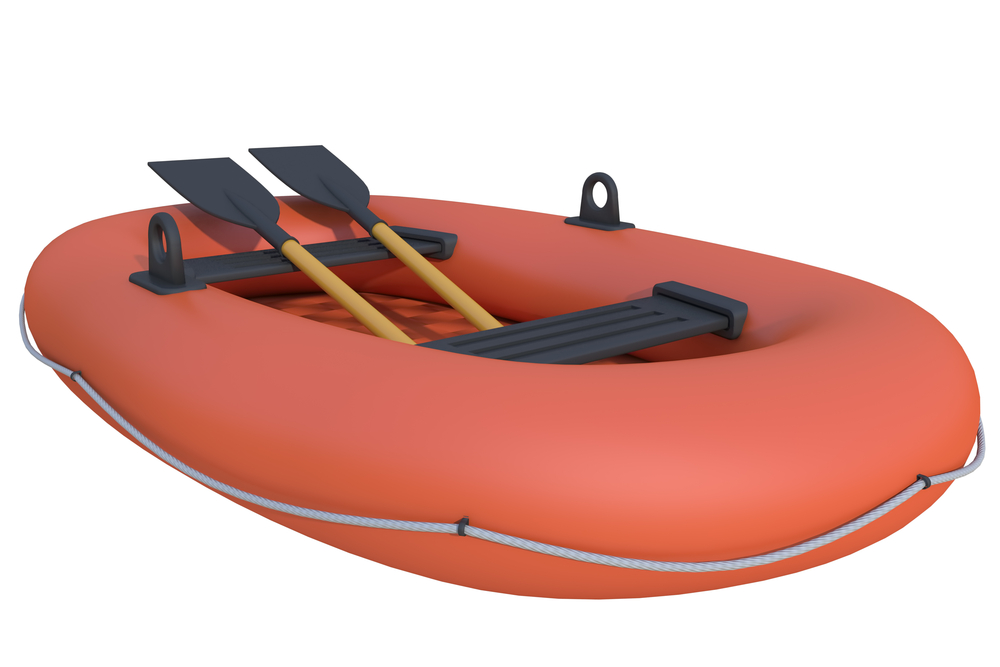Undersea and Hyperbaric Medicine has published an update on the Hyperbaric Oxygen Therapy Registry – “Driving Quality and Demonstrating Compliance.” The HBOTR is one of the specialty registries sponsored by the US Wound Registry (USWR). The HBOTR could be used like a lifeboat for the field of hyperbaric medicine. Cardiology is an example of a specialty that has leveraged Medicare reporting requirements to develop a vast data repository for clinical research, as well as a nationwide benchmarking system which elevates practice standards. Mandatory registry reporting for some procedures like implanted defibrillators has standardized their quality reporting and ensured the success of their registries, which then attracted industry financial support, defraying the cost of running the registry and analyzing data for research. Cardiologists and neurologists (for example) have been committed to transparent reporting standards and have fearlessly identified areas where patient outcomes are suboptimal. This has enabled manufacturers to develop (and justify the cost of) drugs and devices to improve patient outcomes.
Without national reporting standards for hyperbaric medicine, we report either no outcomes or “fantasy” wound healing rates, and we sweep the outcomes of the most difficult patients under the rug, so we don’t create the value proposition for HBOT. Without basic tools like benchmarking or quality reporting to optimize utilization, payers are left with only blunt instruments like removing covered indications and setting arbitrary limits on services—which is exactly what they are doing. Making HBOT harder to get for everyone makes it less effective for anyone, so that eventually it won’t be possible to make the case that it is of value at all.
There is a hyperbaric lifeboat, however, and that is for practitioners to voluntarily participate in benchmarking and report relevant quality measures, including honest healing rates, through the USWR/HBOTR. In 2008, the USWR was among the first group of quality registries recognized by CMS. In 2014, it was one of the first CMS approved Qualified Clinical Data Registries (QCDRs), empowered to develop specialty-specific quality measures. In 2015, the Undersea and Hyperbaric Medical Society (UHMS) partnered with the USWR to develop a suite of hyperbaric-specific measures. This year, CMS has approved 11 wound care and hyperbaric medicine quality measures for reporting under MIPS through the USWR. In 2016, when Stage 2 of Meaningful Use (MU) mandated participating in a “specialty registry” via direct transmission of EHR data, the USWR sponsored the Hyperbaric Oxygen Therapy Registry (HBOTR) so that hyperbaric practitioners could meet the requirements simply by transmitting Continuity of Care Documents (CCDs). Since EHRs must be able to transmit CCDs as a condition of certification, it’s an increasingly popular method of registry enrollment because it does not require laborious secondary data entry. Under the Merit Based Incentive Payment System (MIPS) CMS encourages clinicians to engage with QCDRs that are able to provide national benchmarking as part of the practitioner’s Clinical Practice Improvement Activities (CPIAs). Using only transmitted CCDs, dashboards can be created for activities such as hyperbaric treatments per indication, comorbid conditions per patient, etc. CCD transmission can enable the generation of reports useful in preparing for hyperbaric facility accreditation (e.g. diagnoses treated with HBOT and patient count). There are 2,100 providers who report data to the USWR by transmitting CCDs from many different electronic health record (EHR) vendors. Approximately 300 advanced practitioners report HBOT quality measure data.
Even though generating a CCD is a requirement for EHR certification, some software products are unable to do this. Sadly, the most common barrier is that the vendor refuses to transmit CCDs to the registry. Data blocking by EHR vendors is common, but recently Congress passed the 21st Century Cures Act which makes it illegal for a vendor to engage in information blocking. Vendors face a penalty of up to $1 million per information blocking episode. The problem will not be resolved overnight, but for the many hyperbaric practitioners who have wanted to participate in the registry and have so far been blocked by their EHR vendor, those days are coming to an end.
In 2000, the OIG concluded its report by recommending the creation of a hyperbaric oxygen therapy registry. More than a decade ago, when efforts to create a registry through the logical scientific organizations failed, the USWR built a lifeboat for hyperbaric medicine, although, perhaps it is better described as an Arc. It remains to be seen whether providers will get on board before the water gets too high.
The identifier for the HBOTR on ClinicalTrials.gov is NCT02483650.
http://carolinefifemd.wpengine.com/wp-content/uploads/2018/02/uhm-45-1-jan-feb-2018-fife-eckert-hbotr.pdf

Dr. Fife is a world renowned wound care physician dedicated to improving patient outcomes through quality driven care. Please visit my blog at CarolineFifeMD.com and my Youtube channel at https://www.youtube.com/c/carolinefifemd/videos
The opinions, comments, and content expressed or implied in my statements are solely my own and do not necessarily reflect the position or views of Intellicure or any of the boards on which I serve.




Trackbacks/Pingbacks